Building a Big Brand in a Small Timeframe
Building a complete brand system is a major undertaking. Doing it in compressed time frame is even a bigger challenge — especially if that includes a corporate website. Although we highly encourage our clients to adopt “realistic timeframes”, the truth is that sometimes it’s just got to get done. That said, there is a distinct difference between a tight timeline and an unrealistic one. Working with clients to strike the right balance is part of what any good agency should do.
Creative is far from an exact science. The process can be unpredictably time consuming, and it can be difficult for clients to understand why the ideating process seems slow. Yet, good ideas, and especially great ideas simply take the time they take. Of course, explaining that to a CMO under pressure from the CEO can be tricky but a good client understands that rushing things isn’t always the best option.
In fact, that’s why most agencies refuse certain projects. It’s not about going fast; it’s about producing quality work. The majority of creatives know their limits. Meaning, they know how much time they need to product solid work. Ask a veteran creative person to design a website in 2 weeks and they will likely sigh and flatly say “no” (Note: 2 weeks was an actual client request). As an agency, we owe it to the client to produce the best possible work in as efficient a way as possible. Most creative professionals want to accomplish 2 things: first, serve the client and their client’s customers. Second, be proud of their work.
The example below is a result of an intensive creative process over a 4-month timeframe. The project was a complete brand refresh including logo, fonts, colors, and even a coded corporate website. Several factors made it possible to get it over the finish line. A solid creative brief and detailed scope of work helped identify potential time-consuming parts of the project ahead of time. In addition, having a candid discussion about getting timely a consolidated feedback from stakeholders was essential. Next, building a schedule focused on key milestones is a must. We put open space during creative rounds to allow for more impromptu back-and-forth. Lastly, we start the project with a clear understanding all the deliverables and how they can potentially fit together which provides a helpful holistic view.
Clean and approachable, the Firstbase brand approach delivers a flexible and modular system that can adjust to accommodate a range of marketing messages. Leveraging the Firstbase brand element, modules show the many pieces that come together in the entire platform. An ever-present cloud element quickly communicates the main idea of the brand: The industry-changing idea that hardware can be managed in the cloud.
At the onset of a project, a deliverables list can be deceiving. Some items that seem straight-forward can be complicated systems all to themselves. A highly detailed scoping document or creative brief can help mitigate issues.
Upon seeing a final logo, it can seem straight forward enough, yet one must consider the numerous rounds of options, adjustments, and approvals.
To create a complete brand in a short timeframe, it’s essential to think about it as an integrated or modular system from the beginning. Mapping out all the various elements gives creatives a holistic perspective that is invaluable as they work.
We are very proud of this work. It took an enormous amount of trust from an experienced client to pull this off and although we prefer longer schedules, sometimes we just need to roll up our sleeves and hustle.
In the case of Firstbase, the modular system allowed for mixing and matching of key elements. By having a large library of elements to work with opened up limitless combinations while still providing brand consistency.
A hero diagram that explains the company value proposition is a significant project all by itself. It’s helpful to identity key graphics that will require multiple rounds early on in the project.
As part of any major rebrand, we include an extensive library of assets that can be used by marketing teams. It’s a best practice to include both a Adobe Creative Cloud library and files on a server like BOX or Dropbox.








